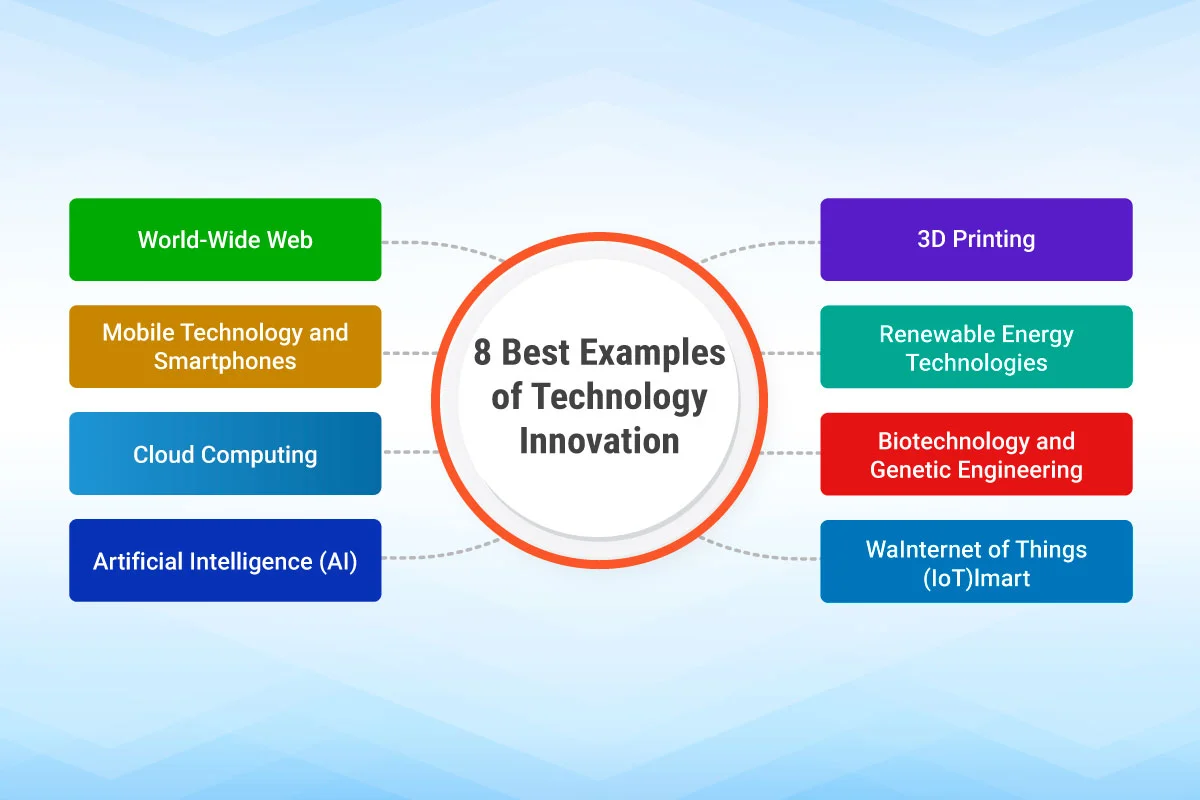In a world driven by rapid technological advancements, understanding innovation is no longer a luxury—it is a necessity. The digital era demands businesses, individuals, and organizations to stay updated and adapt to new technologies that reshape industries and lifestyles. In this article, we unravel the complexities of modern innovation, explaining key concepts and trends that define today’s tech landscape.
Understanding the Essence of Innovation
Innovation transcends mere invention; it is the application of creative ideas to solve real-world problems. Whether it’s enhancing efficiency, creating new products, or revolutionizing traditional processes, innovation drives progress. Key components of innovation include:
- Problem Identification: Addressing unmet needs or inefficiencies.
- Ideation and Prototyping: Transforming ideas into tangible solutions.
- Implementation and Scalability: Ensuring solutions are accessible and effective at scale.
Key Technological Trends Shaping the Future
Artificial Intelligence and Machine Learning
Artificial Intelligence (AI) and Machine Learning (ML) are at the forefront of transformative innovation. AI powers automation, predictive analytics, and personalization in various sectors. Machine learning enables systems to adapt and improve through experience, unlocking possibilities in:
- Healthcare: AI-driven diagnostics and robotic surgeries.
- Retail: Personalized shopping experiences and inventory management.
- Finance: Fraud detection and algorithmic trading.
Blockchain and Decentralized Systems
Blockchain technology underpins cryptocurrencies like Bitcoin and Ethereum, but its applications extend far beyond digital currencies. Key benefits include transparency, security, and decentralization. Use cases encompass:
- Supply Chain Management: Tracking products from origin to destination.
- Smart Contracts: Automating agreements without intermediaries.
- Identity Verification: Securely managing personal data.
Internet of Things (IoT)
The Internet of Things connects devices, enabling seamless communication and automation. IoT applications are revolutionizing:
- Smart Homes: Appliances that optimize energy consumption.
- Healthcare: Wearable devices monitoring health metrics.
- Industrial Operations: Predictive maintenance in manufacturing.
Quantum Computing
Quantum computing represents a paradigm shift in computational power. By leveraging quantum bits (qubits), these systems solve problems previously deemed impossible for classical computers. Applications include:
- Drug Discovery: Simulating molecular structures for pharmaceutical breakthroughs.
- Cryptography: Developing unbreakable security protocols.
- Optimization: Enhancing logistics and supply chain efficiencies.
The Role of Innovation in Business Growth
Businesses leveraging innovation gain a competitive edge by improving efficiency, reducing costs, and enhancing customer experiences. Strategies to foster innovation include:
- Investing in R&D: Allocating resources for research and development.
- Building an Innovation Culture: Encouraging creativity and risk-taking among employees.
- Collaborating with Startups: Partnering with agile innovators to accelerate growth.
Bridging the Gap: Making Innovation Accessible
Technological innovations often seem daunting, especially for non-tech-savvy individuals. Simplifying complex concepts is essential to ensure widespread adoption. Approaches include:
- Educational Initiatives: Offering workshops, webinars, and resources.
- User-Centric Design: Creating intuitive interfaces and experiences.
- Community Engagement: Involving users in the innovation process.
Ethical Considerations in Innovation
As technology evolves, ethical concerns arise. Ensuring responsible innovation involves addressing:
- Data Privacy: Protecting sensitive user information.
- AI Bias: Eliminating discrimination in algorithmic decision-making.
- Environmental Impact: Reducing the carbon footprint of technological solutions.
Looking Ahead: The Future of Innovation
The pace of technological progress shows no signs of slowing down. Emerging trends such as edge computing, augmented reality (AR), and green technologies promise to redefine industries. Staying informed and adaptable is crucial to thriving in this dynamic landscape.
